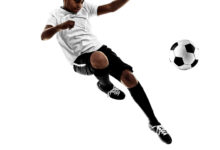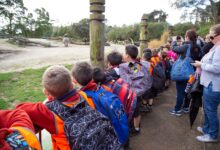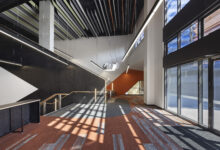Laser focused purchasing decisions
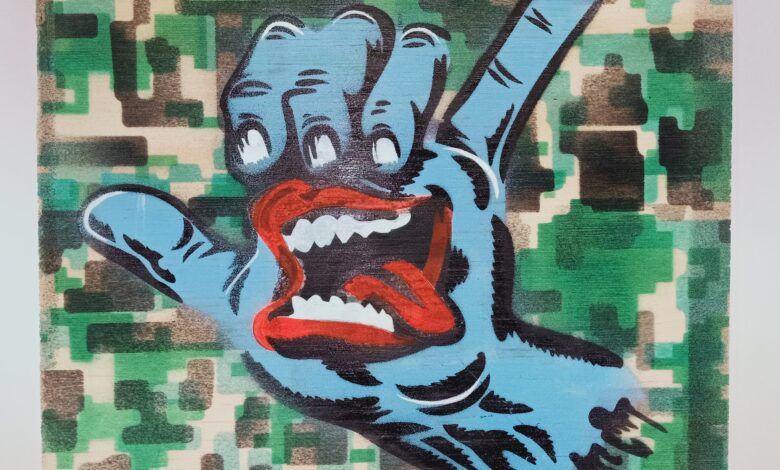
During World War II, physicist Charles Townes used radar-assisted bombing systems, microwave generators and, following a theory developed by Einstein in the 1950s, created the “MASER” (Microwave Amplification by Stimulated Emission of Radiation)…
All this was before he joined forces with brother-in-law, Arthur Schwalow and graduate student, Gordon Gould to develop what they called the “LASER” (Light Amplification by Stimulated Emission of Radiation).
They understood the principles but could not build a working prototype themselves. It was in the 1960s that Thomas Maiman made the first synthetic ruby laser, producing a straight red laser beam.
Decades later, schools have added this technology to their toolkits, manufacturing unique designs with wood, MDF, acrylic, cardboard, and even leather materials.
Our latest print magazine is out now! Click here to read online.
Computer-controlled, commercial laser cutters use high-powered infrared lasers to burn, melt, or vaporise material and activate assisting gas to clear away burned matter, resulting in cuts as small a diameter as 0.1mm or even smaller with ultra-specialist equipment.
Another popular option for schools is the ‘computer numerical control’, otherwise known as the CNC router. A machine that cuts hard materials like wood, stone and metal, as well as softer materials such as various plastics and foam, CNC routers cut directly into the material as opposed to the impact being laser driven. Device software is programmed by the user, transmitting instructions to the router to carry out the task.
With these technologies, students convert product ideas into prototypes, construct scale models of buildings, vehicles, and project dioramas, create or engrave jewellery, awards, and other accessories. Schools can also use them to make promotional materials, display stands, and other useful items. Of course, schools should understand the laser safety classification and the safety protocols of their new machines, implementing well-documented operating procedures. Don’t forget to utilise available training sessions provided by your chosen laser supplier and continually upskill your operators to meet safety requirements.
Industry Insights on Machine Use in Schools
School News asked two experienced suppliers what they believe should be key considerations for schools choosing equipment to purchase for student-use.
For Director and “Chief Do-er” at Makerspace NZ Ltd, Marcus Lund:
“One of the biggest frustrations that we come across is from schools that have had ‘bean counters’ in sole charge of purchasing decisions.
As we all know, the cheapest is cheap for a reason—be it poor components, poor build quality or simply no backup from the seller in terms of expertise, servicing, or even spare parts.
That cheap machine is more than likely going to become an expensive ornament.
“We see so many examples of brilliant integration of digital cutting machines into curriculum/STEM programmes, one of the standout ones is the use of iPads to generate vector-based artwork and a laser cutter to cut stencils out of acetate sheet. Students then use these stencils with an airbrush to create amazing artwork on their projects.”
“We are finding that as more schools get on board with laser cutters and, to a lesser extent, CNC routers, there is a greater interest in some of the other lower cost accessory-type machines that can be used in synergy with existing machines.”
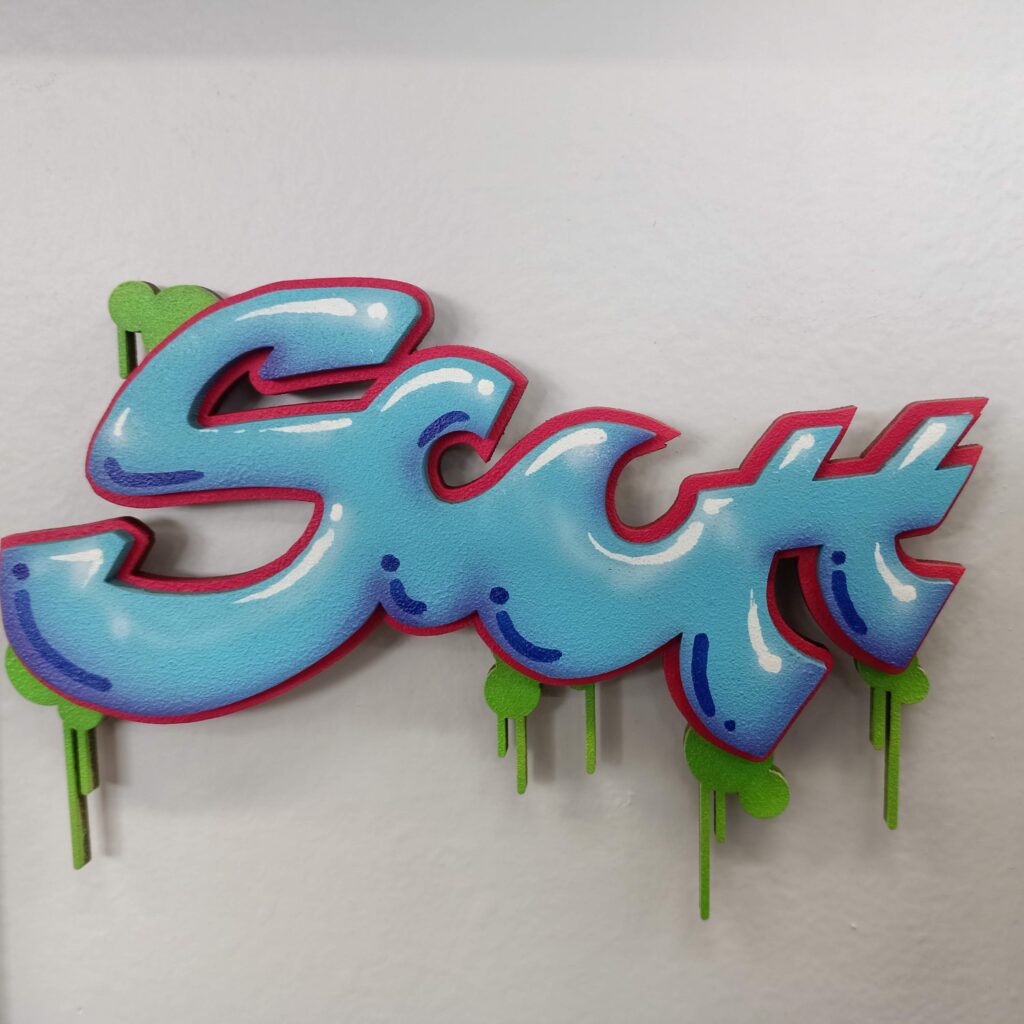
“For example, an acrylic bending machine is the perfect accessory to a laser cutter, while a vacuum former makes a great accessory to a CNC router. These lower cost accessory machines further enhance the scope of work and complexity of products that can be created by students.”
In terms of maintenance: “Keep your machines in as dust free an environment as you can. Regularly clean them with a gentle cleanser (applied to the cloth, not sprayed onto the machine). Once you’ve cleaned it make sure you lubricate the parts that should be lubricated. We recommend using sewing machine oil on laser cutter linear rails.”
For Trotec Laser representative Reece Moore, there has been a noticeable shift in how schools now integrate these technologies:
“Until recently, laser technology was predominantly used in secondary schools, but we are experiencing increased integration between primary, early learning, and senior schools.
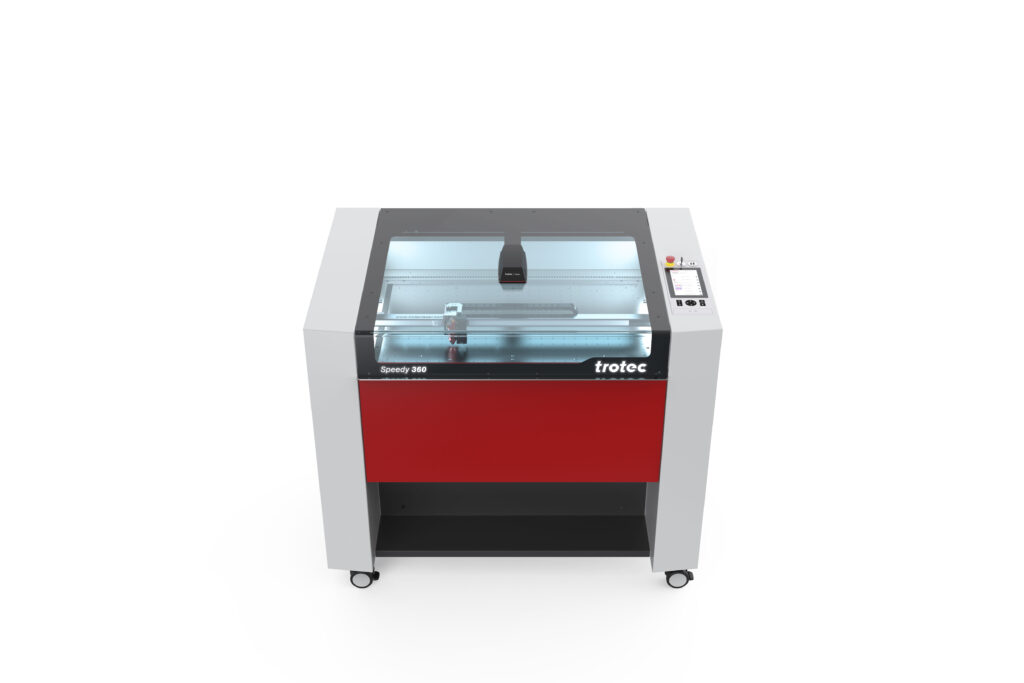
“From the school’s perspective, open plan and multi-use spaces enhance collaborative learning, encourage accountability, and maximise the potential for integrating the laser across many areas of the curriculum. Some schools develop collaborative projects between early learning and senior school programs.
A popular idea is to integrate the laser into a ‘greater good’ program, which can be as simple as creating a laser group within the school to bring about positive interactions with the wider community.
“For example, laser cutting COVID masks for nursing homes; working with the local community shed; and supporting charitable initiatives or outreach programmes.
“School-made products we have seen include earrings and other personalised gifts, to raise money for consumables at recess and lunch time; flat pack easter bunnies, where students learned to temper chocolate and laser cut; furniture construction with complex joining mechanisms and inlays; marshmallows and engraved staff gifts; fabricated plastic components for the Subs in Schools programme; and schools have also been processing recycled plastics to reduce landfill.”
On how teachers might integrate the machines into the curriculum: “Schools are increasingly thinking outside the box and no longer teaching students to use a laser just to make a keychain. Instead, thinking about processing different levels of material, testing, and reporting. For example, students can collaborate with mathematics for instruction in creating geometric shapes using Bezier curves.
“Alongside the traditional design and technology curriculum, consider opportunities to integrate the laser into studies related to enterprise and business innovation. After all, it is not uncommon for school leavers to start their own laser businesses after graduation by utilising skills they learned in the classroom.”







